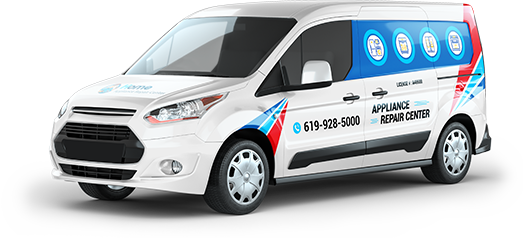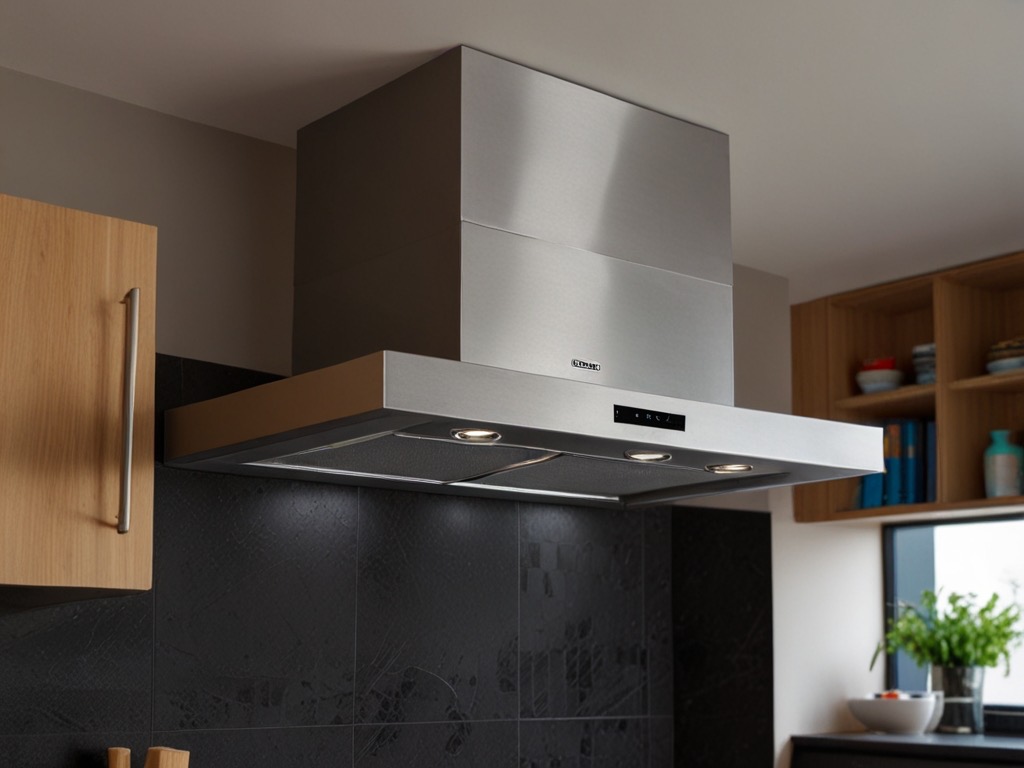A kitchen hood is one of the most essential appliances in a modern kitchen, responsible for eliminating cooking fumes, grease particles, and odors. While often overlooked in daily use, this hardworking appliance plays a vital role in keeping your kitchen clean and fresh. However, like any appliance, kitchen hoods can experience breakdowns, leading to reduced performance or complete malfunction. Understanding the most common causes of kitchen hood breakdowns and knowing how to prevent them can save you from unexpected repairs and costly replacements. Let’s explore these causes and tips to keep your kitchen hood in optimal condition.
⠀
-
Grease Buildup
One of the leading causes of kitchen hood breakdowns is the accumulation of grease in the filters and exhaust fan. Over time, the grease and oil particles produced during cooking settle into the hood’s filters, ductwork, and motor, reducing the appliance’s ability to extract air efficiently. The motor can overheat and fail when the grease becomes too thick, and filters can become clogged, blocking airflow.
⠀
How to Prevent It:
To prevent grease buildup, it’s essential to clean the hood filters regularly. For mesh or baffle filters, wash them with warm soapy water every 1-2 months. Charcoal filters in ductless hoods should be replaced every 6-12 months, depending on usage. Additionally, wiping down the surface of the hood and the surrounding area regularly will keep it free from excessive grease.
⠀
-
Motor Malfunctions
The motor is the powerhouse of your kitchen hood, driving the fan that extracts air from the cooking area. Over time, the motor can wear out due to prolonged use or overheating caused by grease buildup, blocked airflow, or electrical faults. A malfunctioning motor can result in loud noises, reduced suction power, or the fan not running at all.
⠀
How to Prevent It:
Make sure to inspect your kitchen hood’s motor annually for any signs of wear or noise. Keeping the filters clean and ensuring the ductwork is free from obstructions will reduce the strain on the motor. If your kitchen hood is more than 10 years old, it might be time to consider replacing the motor or upgrading to a more energy-efficient model.
-
Electrical Issues
Kitchen hoods, like other appliances, rely on electrical components to function. Loose wiring, faulty switches, or a blown fuse can all lead to electrical issues, rendering the kitchen hood unusable. In some cases, the fan might work intermittently, or the lights may flicker or fail to turn on.
How to Prevent It:
Regularly check for any exposed or damaged wiring around the hood. Ensure that the hood is connected to a dedicated circuit, as overloading can cause electrical failures. If you notice the hood’s lights flickering or the fan not running smoothly, it’s wise to call a technician to inspect the wiring and components.
⠀
-
Clogged or Dirty Ducts
Ducted kitchen hoods rely on a series of vents and ducts to expel air outside the home. Over time, these ducts can become clogged with dust, debris, or grease, causing airflow restrictions. This not only reduces the efficiency of the hood but can also lead to overheating and potential motor failure.
⠀
How to Prevent It:
Ducts should be inspected and cleaned at least once a year, particularly if you use your kitchen frequently. A professional service can ensure that the ducts are clear of blockages, helping your hood work at its best. Additionally, if you notice reduced airflow, strange smells, or the hood not extracting air as well, it could be a sign of blocked ducts.
⠀
-
Fan Blade Problems
The fan blades in a kitchen hood are crucial for drawing air through the system and expelling it outside or through filters. Over time, the fan blades can become dirty or unbalanced due to grease or foreign objects. This can lead to noisy operation, vibration, and reduced efficiency.
⠀
How to Prevent It:
Keep the fan blades clean by periodically wiping them with a damp cloth. If you hear strange noises or notice the fan vibrating, it could indicate an issue with the blades. In such cases, turn off the hood immediately and have it inspected to avoid further damage.
⠀
-
Overuse and Wear
Like any appliance, kitchen hoods are subject to wear and tear from daily use. Continuous operation on high settings or neglecting regular maintenance can lead to premature failure of various components, such as the fan, motor, and control panel. Overuse without giving the hood time to cool down can also result in overheating.
⠀
How to Prevent It:
Avoid using your kitchen hood on its highest setting for extended periods unless necessary. Regular maintenance, including cleaning filters, inspecting the motor, and checking for electrical issues, will significantly extend the hood’s lifespan.
⠀
-
Light Bulb Failure
Many kitchen hoods are equipped with built-in lights to illuminate the cooking area. Over time, these light bulbs may burn out or develop issues due to electrical faults. Replacing the bulbs is usually straightforward, but persistent lighting issues could indicate a deeper electrical problem.
⠀
How to Prevent It:
Replace light bulbs as soon as they burn out, using the correct wattage recommended by the manufacturer. If the problem persists, it’s wise to call a technician to inspect the electrical system.
⠀
Kitchen hoods are essential for maintaining a clean and odor-free kitchen environment. To avoid malfunctions and breakdowns, regular maintenance, including cleaning, inspections, and repairs, is key. By keeping your kitchen hood in optimal condition, you can ensure it runs smoothly for years to come.
⠀
If you notice any issues with your kitchen hood or need expert maintenance, Home Appliance Service Center is here to help. Our team of professionals can quickly diagnose and repair any kitchen hood issues, ensuring your appliance works like new. Don’t wait for a breakdown – contact us today to schedule a service appointment!
Contact us
 619-928-5000
619-928-5000  Request Service
Request Service 
